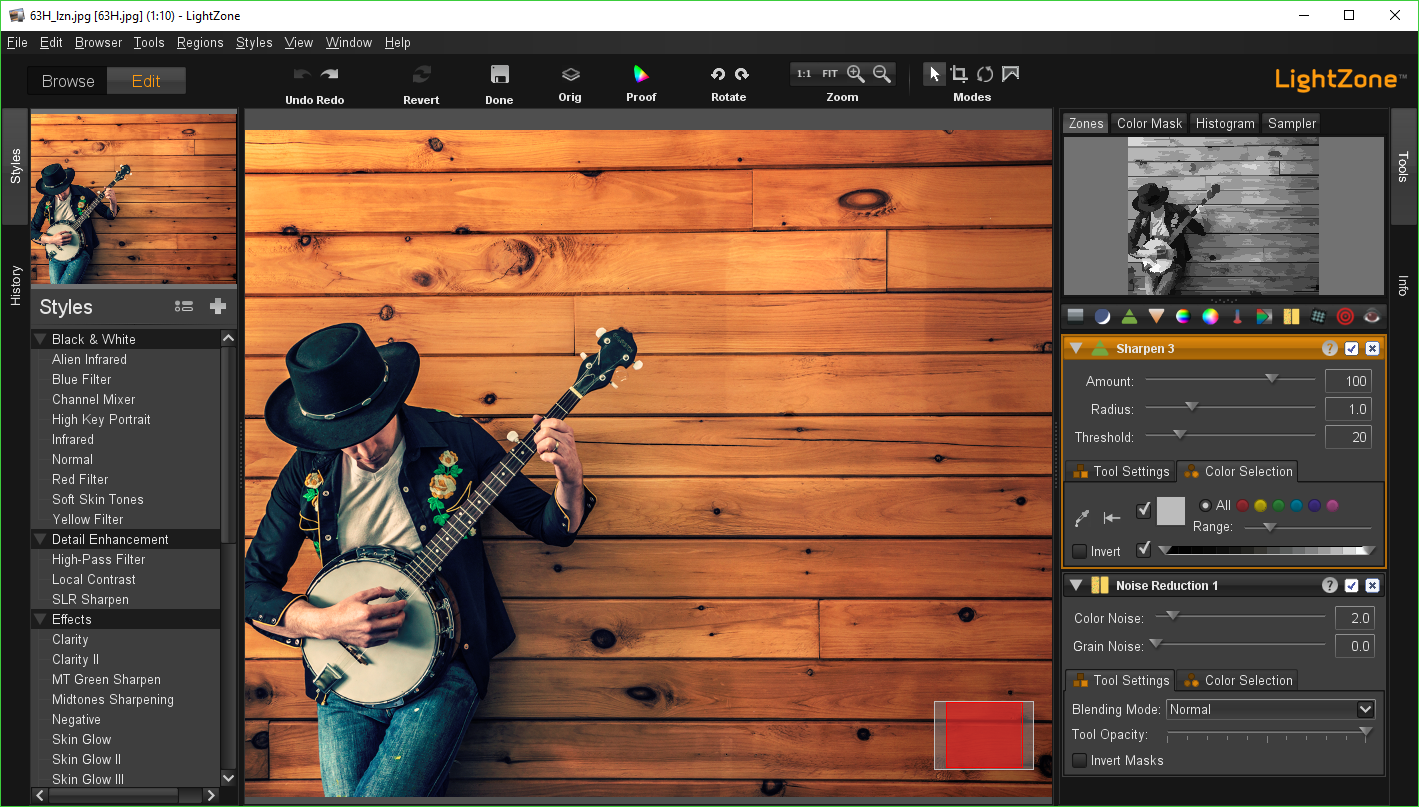

For example, in Wisconsin, the disproportionality data shows that students of color are not achieving at the same level as their white peers. Sometimes true change requires questioning assumptions this is where deep coaching can be transformative. A strategy is often attempted and refined before an educator decides if it was effective or not, prior to adding it to their toolkit. TransformativeĬoaching light may be sufficient for getting a coachee to adapt a new strategy. Going deeper honors the coachee's ability to examine theory and research until they lean back on their own expertise. The coachee will adapt and implement a new strategy knowing their coach is there throughout the process to observe, model, and provide feedback. CapacityĬoaching is one of those careers where the better you become, the less you are needed-essentially coaching yourself out of a job! The coachee of a light partnership will feel safe to stretch their own practice because they understand their coach is there to support them. Here are three key takeaways I have found replicated in my and other coaches' experiences with coaching heavy. It's about taking the results-data and outcomes-and pushing into them with an ultra-curious lens. The Benefits of Coaching "Heavy"Ĭoaching heavy brings the conversations to a critical focus on student outcomes and systems change without being directive or pushy. While the partnerships were strong, and many teachers experienced growth, had I spent time looking at the data I would have seen better leverage points for effecting student outcomes. During my first year coaching, I worked mostly with new teachers focused on classroom management. Here, a coach chooses to focus on content they enjoy. Self-obsession is one I fell into often as a new coach. Had I been coaching heavy, I may have leaned into taking a deeper look at the standards. We did this all despite the fact that there were no standards connected to costume design.
#BOOST COLOR LIGHTZONE FULL#
I supported her in creating a robust set of lessons full of history, research, and writing which was well-received by the students.

This reminds me of when I was co-planning a drama unit with a freshman English teacher and they wanted to focus on costume design. Irrelevance is when a coach blindly supports a goal without consideration of district, building, or state vision. The risk of maintaining this stance is that coaches will never present challenges or opportunities for growth. CollusionĬollusion refers to always being very supportive by spending too much time listening to and affirming your partner's thinking. In their text, " Challenging Coaching," Ian Day and John Blakey speak to three dangers of remaining in the light zone of coaching. For example, we may say: "Let's review the action steps we outlined last time and talk about where we would like to go next." While coaching light has its place when first entering into a partnership, remaining there too long can prove perilous. Coaching heavy will lean in on the goals set during the coaching conversations. A coaching cycle may then shift to an analysis of student data, deep reflection, and discussions on the removal of barriers. When we shift into a coaching heavy stance, we begin to focus on student learning and systems change. An individual coaching conversation may contain phrases such as, "How do you feel your lesson went today? Do you think students met their objective? I noticed you were using a randomization strategy to call on students-it was great." Similarly, coaching light on teams may focus on team morale and building relationships. When coaching light, we are focused on the practice and support of the teacher. Joellen Killion often refers to coaching as heavy or light.

#BOOST COLOR LIGHTZONE HOW TO#
But what is the cost of lingering too long in the shallow waters? Sure the water is tepid, but what will happen if our partner-the coachee-is pushed into the deep end and hasn't learned how to tread water. Yes, we must spend time building relationships and trust because they're key to moving into the deeper work. "We can't, we will fall!" they responded. "We can't, we're afraid!" they responded. He lines from the French poet, Guilaume Apollinaire, best sum up the type of coaching partnership that must exist for coaches to begin truly doing transformational work: Joseph Kanke, statewide coaching coordinator in Wisconsin, shares both the benefits of coaching "heavy" and the potential pitfalls with remaining in "light" coaching for too long.


 0 kommentar(er)
0 kommentar(er)
